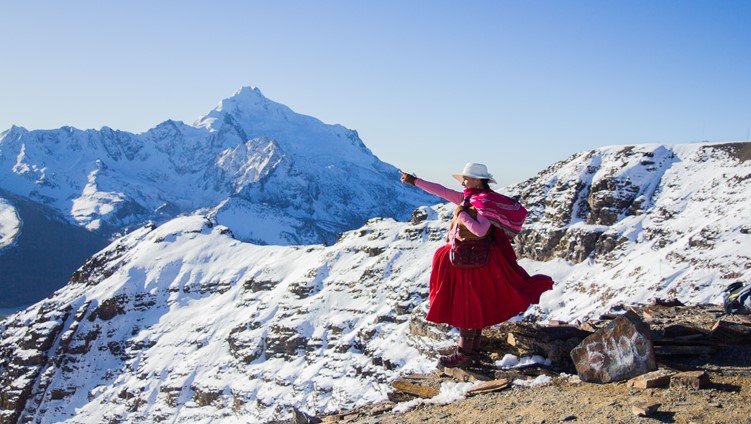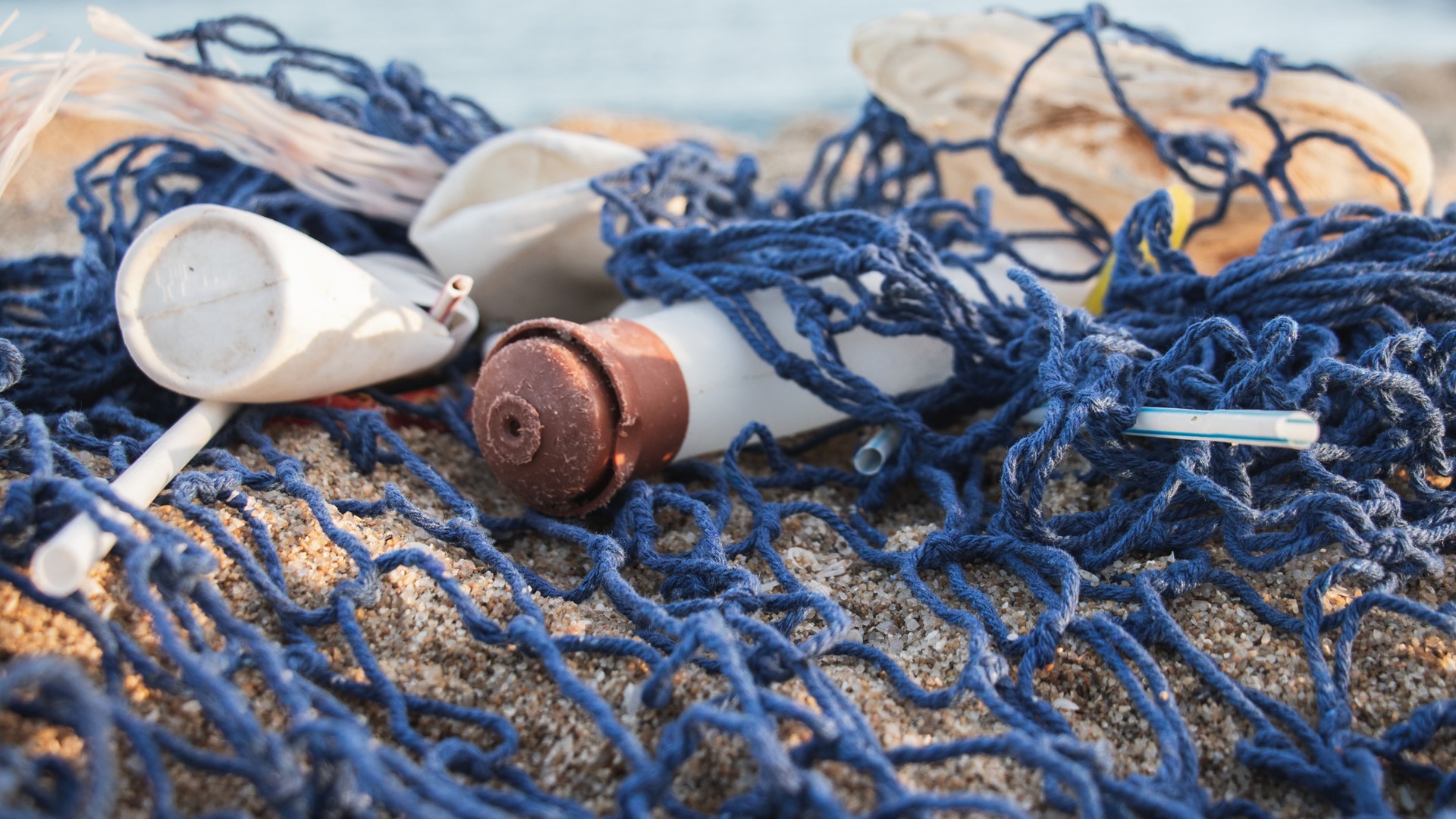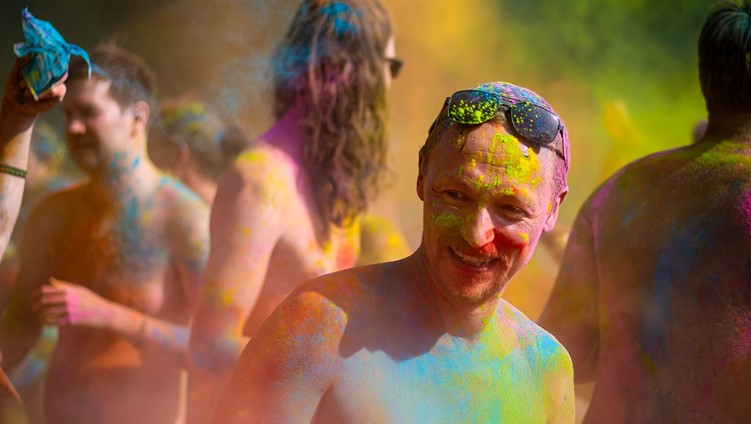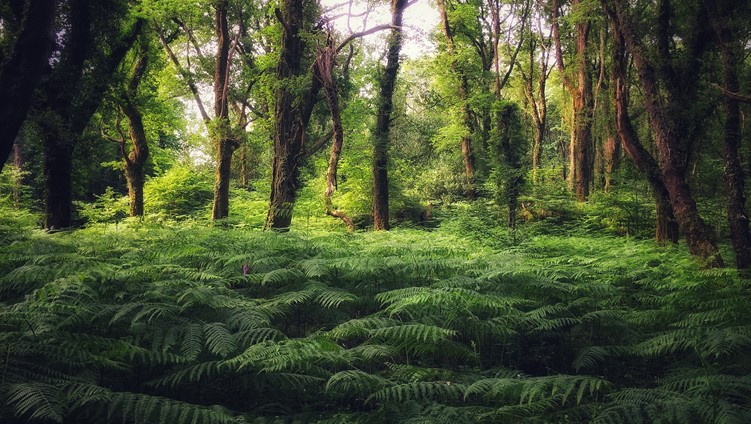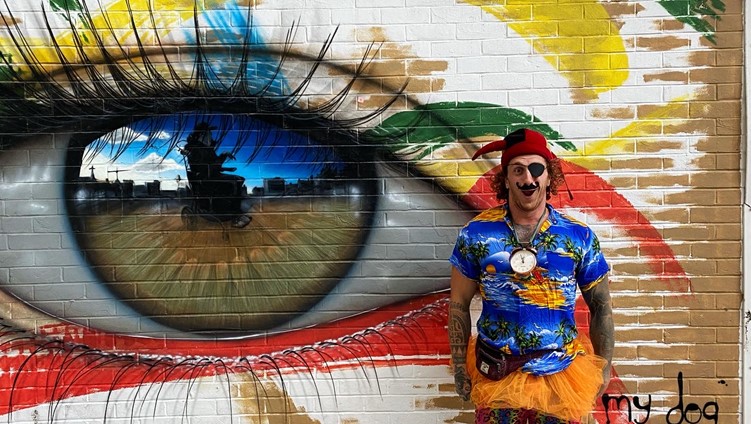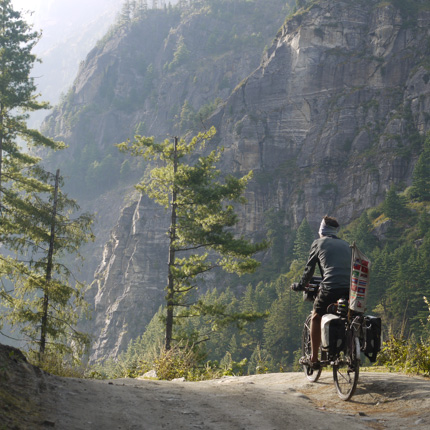
A sea change in reducing plastic pollution?
At Adventure Uncovered Live back in 2018, Eleanor Church and I sat on the panel for The Role of Film In Communicating Adventures With Purpose, to talk about our respective plastic documentaries.
Her X Trillion documents eXXpedition’s voyage through The Great Pacific Garbage Patch: an accumulation of 1.8 trillion pieces of plastic and microplastic debris, weighing an estimated 80,000 metric tonnes, swirling in the North Pacific Gyre. It will undoubtedly join the list of great plastic documentaries when it releases.
My own documentary, PLASTIC, delves into the corrupt and inept UK recycling system. Unfortunately changes here have been slow despite multiple UK declarations, including the banning of plastic stirrers, straws and cotton buds. Massive businesses such as Unilever, Nestle and Coca-Cola have also made promises to reduce their plastic use or switch to recycled sources. But actual reduction has been minimal.
Since that panel, however, we finally seem to have started dealing with our plastic problem. Artists, scientists and influencers in small eco-aware circles have been shouting about our waste for decades, but last year something breached those barriers. Camera lenses in oceans around the world - led by the ‘Blue Planet effect’, which demanded change to an unsuspecting audience of millions - forced more of us to face up to the undeniable, horrifying consequences of our actions.
Perhaps the most important change has been in people’s perceptions. Now, to many, the concept of bringing a reusable carrier bag or coffee cup along is almost second-nature. Changing our consumption habits will be a key driver of success in fighting plastic pollution.
In light of this progress, I connected with Eleanor again to ask how she thinks films have helped achieve this.
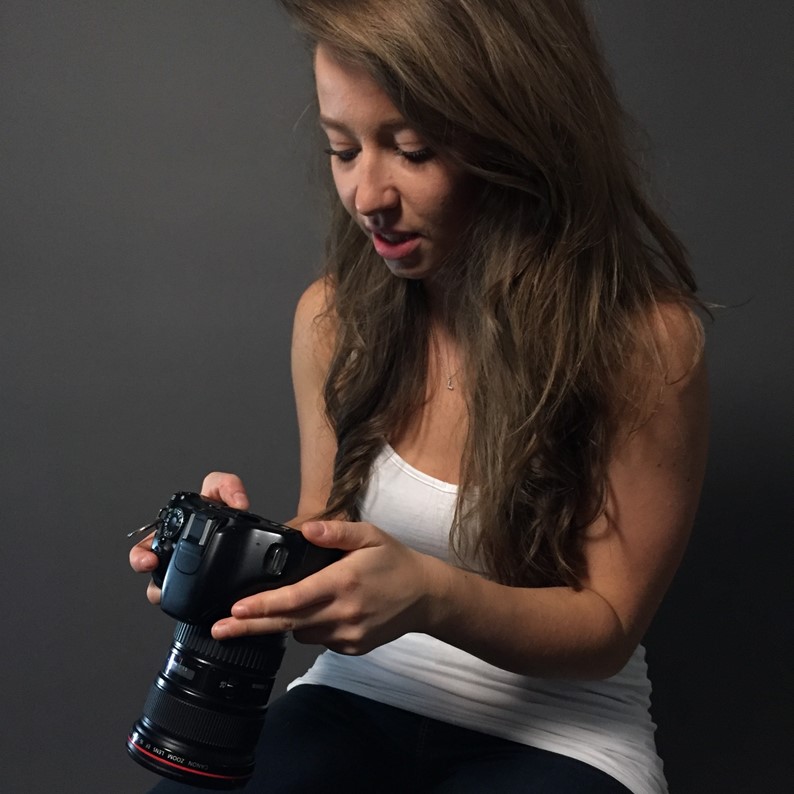

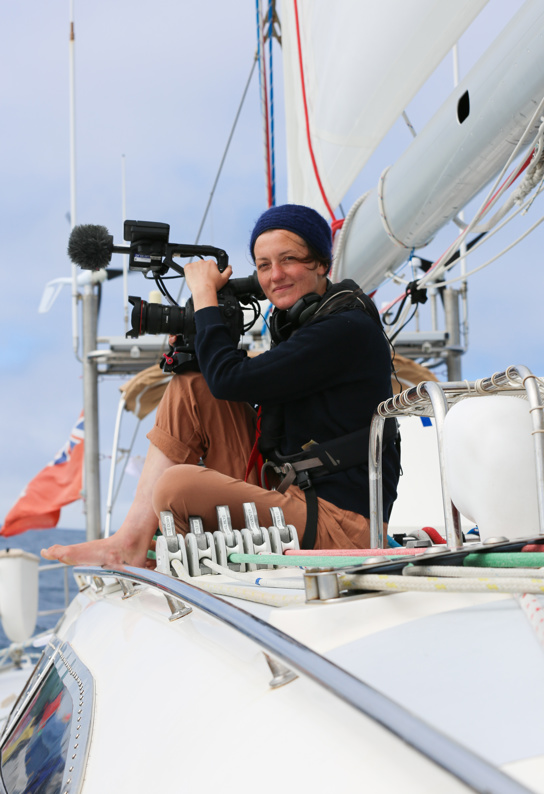
From left to right: Laura (@filmthechange), the ocean (Álvarez Fdez) and Eleanor (Exxpedition)
How do we get people to actually care?
It starts with people convincing their friends that this film, and this issue, are worth their attention, Eleanor explains.
“Sometimes your friends and family don’t always feel as passionate as you. So we show, we don’t tell. If you can show something, it has so much more impact than just telling about something.”
'Sometimes your friends and family don’t always feel as passionate as you. So we show, we don’t tell.'
I agree with Eleanor on this - particularly when that something is a jumping, smiling dolphin, or a paradise beach destroyed by our consumption.
But for a documentary to have force, it can’t just be seen. It must be felt. As a filmmaker, I try to power my scene using the emotions I experience whilst filming them.
“We hadn’t seen any land for days - all we could see was pristine blue,” says Eleanor, describing how it felt to sail through one of the great gyres. “And then we started seeing bits of plastic floating past. I was angry, just thinking: ‘It’s not meant to be here.’”
However, she says, “There aren’t many people who will act on things purely because it’s having a detrimental effect on wildlife or nature.”
There is a disconnect, she argues, between the human world we have created and the land and water on which we depend. This connection is forgotten. “For the majority of people, to be interested in something requires them to know how it affects them.”
Turning science into stories
The task for environmental filmmakers, journalists and writers, then, is to transform science into something everyone can understand and respond to. Eleanor looks for the moment when “something clicks, and they can see how we are all interlinked.”
The samples collected during the eXXpedition mission, for example, have been sent to labs across the world to inform the next wave of scientific research into how microplastics could affect our health. This helps show that a story like this is relevant to everyone, whichever country they are in.
What comes after the film?
Eleanor says the aim is to inspire action in people. “People will do what other people do, and things can change really quickly because of that. There are a lot of people in plastic groups on Facebook who you wouldn’t think of as traditionally ‘green’.’’
Because who knows who documentaries like these could inspire? And where that sudden click of realisation could take somebody? Something inspired the person who invented a way to recycle black plastic. Somebody inspired the person who asked the local bar to take away their straws. And somehow, the person starting weekly beach cleans along California’s coastline was inspired too.
Plastic pollution has helped clear the way for further documentaries and coverage on the science behind environmental issues. This is motivating for future documentary-makers on issues of equal importance. Acidification, for example, is arguably a greater threat to our oceans than plastic. Similarly, one million species are at risk of extinction in the next few years, and the causes and solutions are complex, interlinked and overwhelming.
The planet needs activists. And documentaries with detailed research and a clear, emotive narrative have been proven to bring activists to life.
Laura Mahler is an environmental researcher and documentary filmmaker. Her first film, Film The Change: PLASTIC, by Film The Change, has been screened worldwide, and she has picked up academic and film awards internationally, including the Youth Jury Award at the Krakow International Film Festival.
Eleanor Church is an award-winning filmmaker. She has been producing short documentary films and photo stories for over 15 years for The Guardian, BBC, Al Jazeera, HuffPost and many more.
Keep exploring

